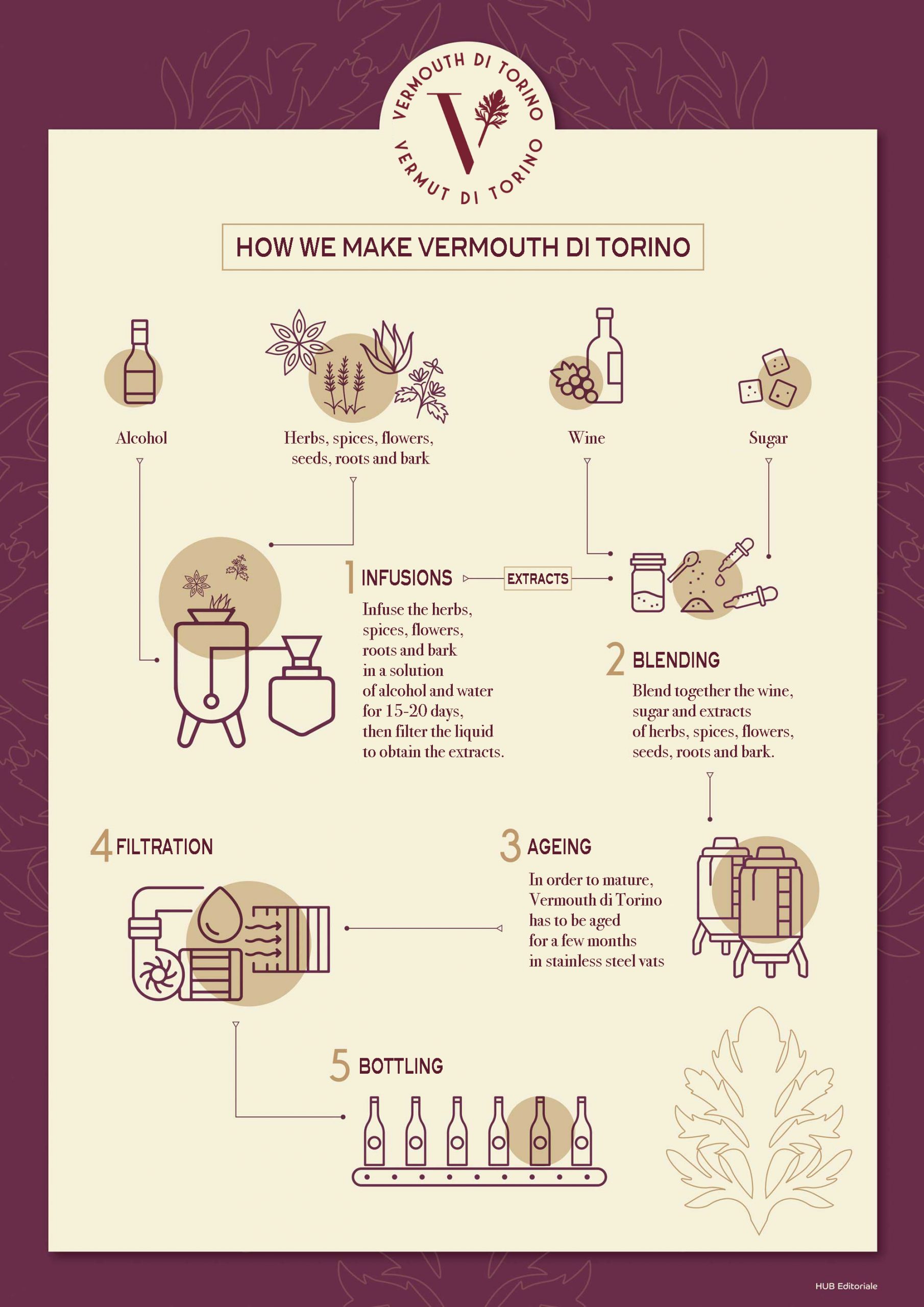Consortium Members
Antica Cantina di Calosso, Antica Distilleria Quaglia – Bèrto, Antica Torino, Arudi, Bosca, Cav. Pietro Bordiga, Calissano – Gruppo Italiano Vini, Carlo Alberto, Carpano – Fratelli Branca Distillerie, Chazalettes, Cinzano – Davide Campari–Milano, Giulio Cocchi, Coop. Erbe Aromatiche Pancalieri, D.co Ulrich, Del Professore, Drapò – Turin Vermouth, Ducato, Franco Cavallero Spirits, Gancia & C., Karminia, Isolabella della Croce, La Canellese, Luigi Vico, Mainardi, Mancino, Martini & Rossi, Antonio Parigi, Peliti’s, Distilleria Revel Chion, Scarpa, Sibona, Sperone, Starlino, Tosti1820, Vergnano.

Antica Cantina di Calosso

Antica Torino

Arudi

Cav. Pietro Bordiga

Bosca

Carpano – Fratelli Branca Distillerie

Cinzano – Davide Campari – Milano

La Canellese

Giulio Cocchi

Chazalettes

Carlo Alberto

Drapò

Ducato

Erbe Aromatiche Pancalieri

Franco Cavallero Spirits

Gancia

Calissano Gruppo Italiano Vini

Karminia

Isolabella della Croce

Luigi Vico

Mainardi

Mancino

Martini & Rossi

Antonio Parigi

Peliti’s

Del Professore

Antica Distilleria Quaglia

Revel Chion

Scarpa

Sibona

Giacomo Sperone

Starlino

Torino Distillati

Tosti1820

D.co Ulrich

















